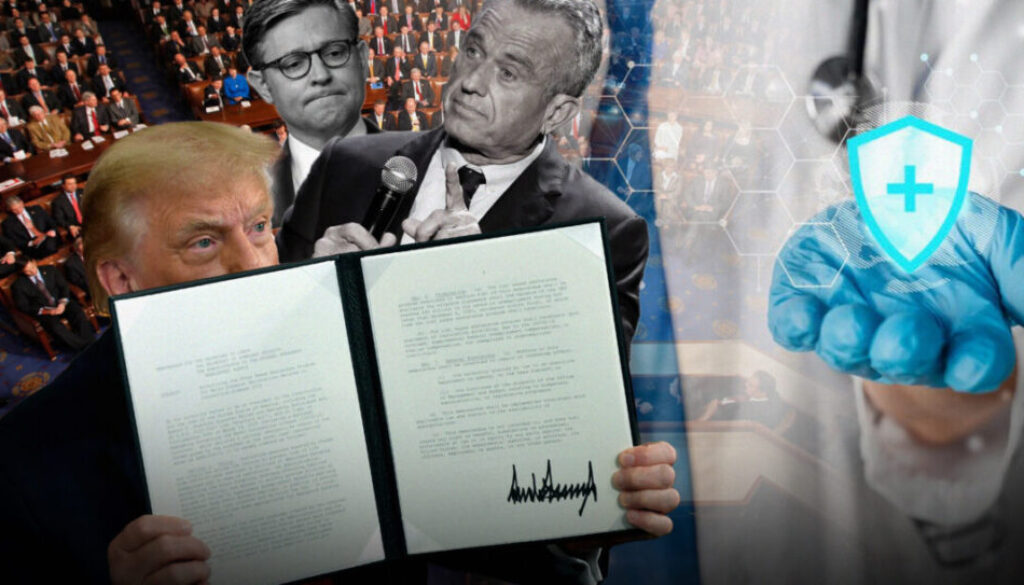How will Congress, executive orders impact health care?

Congress returns to Washington from its spring recess to face a jam-packed agenda, with extending the 2017 Tax Cuts and Jobs Act its top priority.
That was the word from Geoff Manville, partner with Mercer’s law and policy group, during a recent webinar.
Manville said “a lot of legislative oxygen will be consumed” by congressional Republicans’ push to pass a fast-track budget reconciliation resolution.
Committees in both houses of Congress are drafting bills based on the GOP goals in the budget resolution. Those goals include extending – and possibly increasing – the TCJA’s tax cuts that are due to expire at the end of this year. Other goals include at least $1.5 trillion in spending reductions; more funds for border security, immigration enforcement and defense, and increasing the debt limit by as much as $5 trillion.
But a major flashpoint in passing such legislation is how much Congress will cut Medicaid spending, Manville said.
Congress also will need to hunt for new revenue sources to offset the tax cuts, and proposals to limit the tax-preferred treatment of employer-provided health coverage could be on the table, he said. Manville said the uncapped tax-free treatment of employer-provided health coverage is the biggest expense under the Internal Revenue Code.
Some unfinished business tops Congress’ retirement-related agenda, he said. Retirement plans are not a target for raising revenue, but “budget math” could force a closer look as Republicans in Congress want to reduce debt and offset the $4.5 trillion cost of extending the 2017 tax cuts.
Past ideas for raising revenue, he said, include requiring more Roth treatment of retirement accounts, freezing qualified plan limits, and limiting nonqualified deferred compensation plans.
How Washington might impact group health plans
Employer-based health plans “are very much affected by what’s going on around us” in Washington, said Cheryl Hughes, principal with Mercer’s law and policy group.
Executive orders issued under President Donald Trump’s Make America Healthy Again initiative aim to understand and reduce chronic illness and disease and end childhood chronic disease.
Among the various executive orders surrounding MAHA, those that will most impact group health insurance are orders ensuring the availability of expanded treatment options and flexibility for health insurance to cover beneficial lifestyle changes and disease prevention.
Transparency is another topic addressed by executive order, Hughes said. Trump signed an order on Feb. 25 that aims to improve existing price transparency requirements and identify opportunities to provide patients with meaningful price information. The order also requires agency action to ensure disclosure of actual prices, and not estimates.
Changes to preventive services also will impact group health plans. Plans are required to cover osteoporosis screening at no cost for women ages 65 and older and postmenopausal women age 64 or younger who are at risk for a fracture. This takes effect for plan years beginning on or after Feb. 1, 2026.
Group health plan sponsors also must notify Medicare Part D-eligible individuals and the Centers for Medicare and Medicaid Services whether the plan’s prescription drug coverage meets or exceeds the actuarial value of standard Part D prescription drug coverage.
© Entire contents copyright 2025 by InsuranceNewsNet.com Inc. All rights reserved. No part of this article may be reprinted without the expressed written consent from InsuranceNewsNet.com.
The post How will Congress, executive orders impact health care? appeared first on Insurance News | InsuranceNewsNet.





